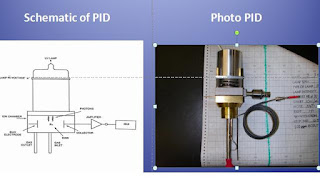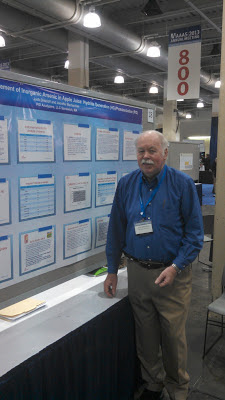PAPER ID: 20037
PAPER TITLE: “How social media marketing influences sales at a small chemical business”
DIVISION: SCHB: Division of Small Chemical Businesses
SESSION: SCHB Poster Session Sunday April 7, 2013 & SCIMIX Monday April 8,2013
PRESENTATION FORMAT: Poster

PID Analyzers, LLC launched their social media marketing plan in November of 2008 with a monthly E-Newsletter utilizing Constant ContactTM. One year later, in November 2009, a Facebook Business Page, the corporate blog “The Analyzer Source,” a LinkedIn page, and two Twitter accounts for owners Jack Driscoll (Twitter handle @pidguy) and Jennifer Maclachlan (Twitter handle @pidgirl) were established. We began to publish regular updates on LinkedIn while continuously building our own professional networks on LinkedIn. In the last year we added Google+, Pinterest, and Tumblr to our marketing efforts. We are reaching a unique audience with each social media platform and we offer value with each post; the result is that our following is increasing. How do we do this? We note what people "like,"retweet, or comment on and consistently make our next post not about our products, but about people, places, and things that interest us and make us more human and less corporate. This poster will explore how we have built relationships with customers and prospective customers via social media marketing and how it has translated to sales of our analyzers.



































 Jennifer Maclachlan
Jennifer Maclachlan 




